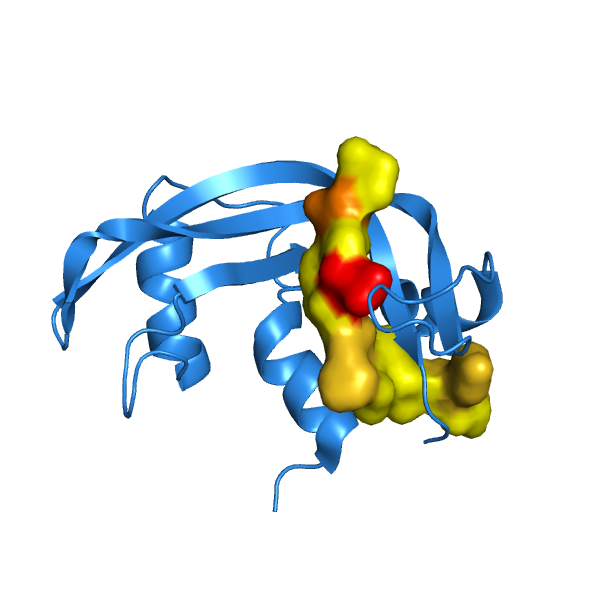Talk:Sandbox Reserved 198
From Proteopedia
(Difference between revisions)
| Line 3: | Line 3: | ||
<!-- PLEASE ADD YOUR CONTENT BELOW HERE --> | <!-- PLEASE ADD YOUR CONTENT BELOW HERE --> | ||
| - | |||
| - | <Structure load='1srn' size='400' frame='true' align='right' caption='<scene name='Sandbox_Reserved_198/Synthetic_component/3'>Synthetic Component</scene> | ||
| - | ' scene='Sandbox_Reserved_198/Semisynthetic_rnase_a/1'> | ||
| Line 25: | Line 22: | ||
<scene name='Sandbox_Reserved_198/Wild_type/1'>Wild Type</scene> | <scene name='Sandbox_Reserved_198/Wild_type/1'>Wild Type</scene> | ||
| - | <scene name='Talk:Sandbox_Reserved_198/2e3w/2'>TextToBeDisplayed</scene> | ||
| - | |||
| - | <scene name='Talk:Sandbox_Reserved_198/2e3w_new/4'>TextToBeDisplayed</scene> | ||
==Semisynthetic Ribonuclease A== | ==Semisynthetic Ribonuclease A== | ||
Revision as of 03:13, 14 April 2011
| This Sandbox is Reserved from Feb 02, 2011, through Jul 31, 2011 for use by the Biochemistry II class at the Butler University at Indianapolis, IN USA taught by R. Jeremy Johnson. This reservation includes Sandbox Reserved 191 through Sandbox Reserved 200. |
To get started:
More help: Help:Editing |
Semisynthetic Ribonuclease A
2-D Semisynthetic RNase A
Introduction
The synthesis of a fully active semi-synthetic RNase A supports the hypothesis that the amino acid sequence of a protein solely dictates the formation of an active enzyme and demonstrates that an enzyme with the catalytic activity and specificity of a naturally produced enzyme can be made in laboratory. Semisynthetic RNase A illustrates that functional enzymes can be produced from merely the individual constituent amino acid residues. Polypeptide synthesis can provide new routes to the study of enzymes through the selective modification of natural proteins to assay individual roles of amino acids in folding and catalysis.
| |||||||||||

